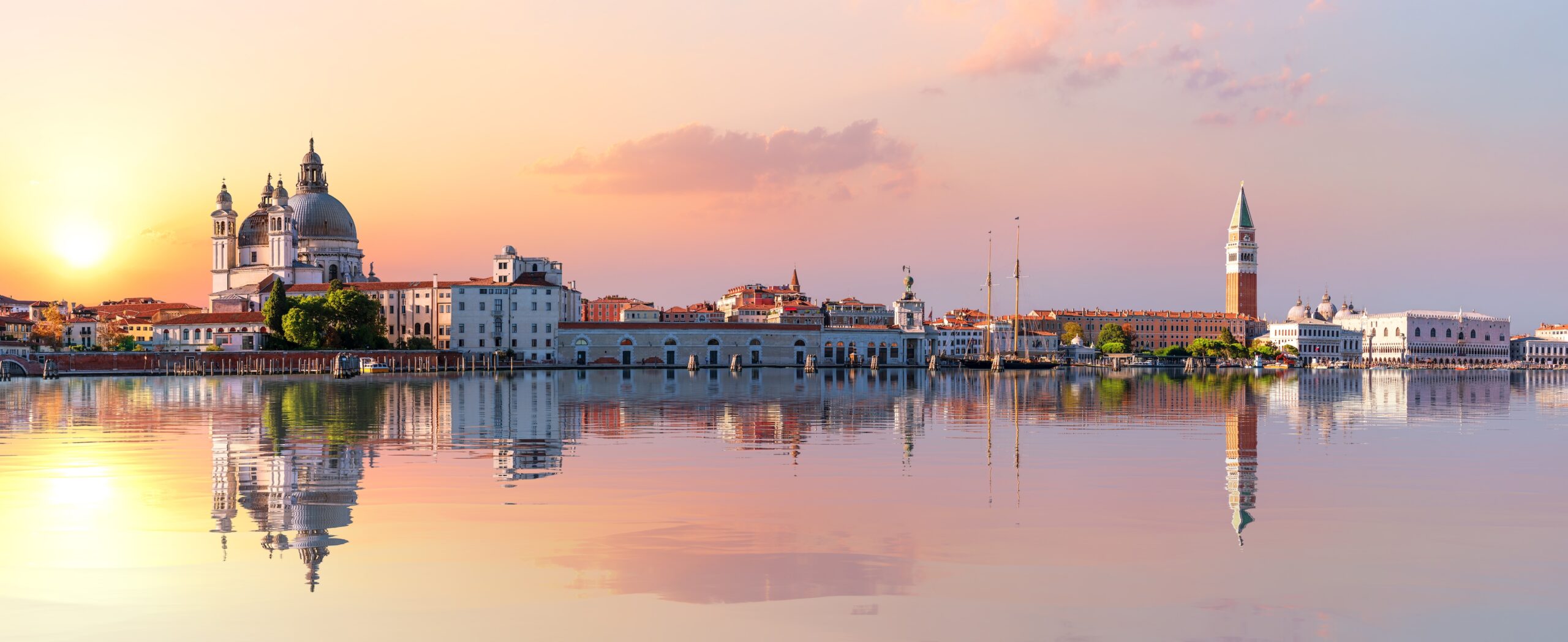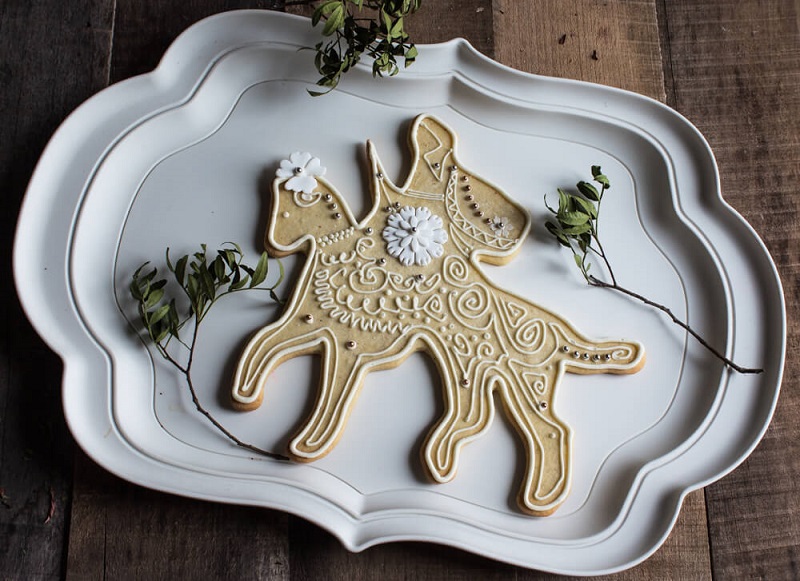On November 11th, a lovely holiday is celebrated throughout Italy, especially in many small Italian towns. Il giorno di San Martino, Saint Martin’s Day, is truly central to the Italian traditions of the fall. It’s a symbol of all that this season brings while offering a window to the winter that is about to come. Similar to Thanksgiving in nature, it is a time to celebrate not only the saint but also the wine and nut harvests in the country.
Who is St. Martin?
Saint Martin was a Roman military officer who was an early convert to Christianity. Legend says that St Martin was riding his horse through a city, in the depths of winter, when he saw a poor man, dressed in rags and begging. Martin’s response to this man’s situation was to cut his cloak in half and give half of his cloak to the frozen man. A simple act of kindness and generosity.
That night Martin had a dream – in his dream Jesus appeared before him wearing the exact same military cloak that Martin had cut in half to give to the poor man. The details are sketchy, as is often the case with early Christian legends, but it is believed that is why Martin then converted to Christianity and went on to become the third Bishop of Tours, in France.
The San Martino story has been captured in countless paintings and sculptures. In Germany, the main entrance of Hoechst Castle depicts the saint cutting his cloak in half to give to the poor man. Meanwhile, artists have painted the scene, showing the knight in shining armor helping the poor man at his feet. A perfect tale of morality, kindness and humility.
Celebrating the Feast Day
In northern Italy, especially in agricultural areas, all contracts used to end on November 11. For this reason, it was not unusual on that day to run into people moving from farm to farm with overpacked carriages. This tradition was called “to do Saint Martin”, fare San Martino. In some dialects of the North “fare San Martino” retains the meaning of moving.
Perhaps the best place to partake in the Festa is in Venice. Here, the tradition of San Martino has developed into a delightful day for the local children. The young ones parade through the streets banging pots and pans asking storeowners and passers-by for small change and candy while chanting a nursery rhyme in Venetian dialect. With their earnings, they buy a classic San Martino cookie.
These cookies are made by bakeries and pastry shops, and all are beautifully decorated in the shape of a man on a horse. The man is, of course, San Martino. The large cookies are elaborately covered with sweets, chocolate coins, and icing sugar, and the shopkeepers happily give them to the children. In the days leading up to 11th November, the shop windows are filled with these colorful and joyous displays. Over time the local bakeries have developed more and more elaborate and highly decorated San Martino treats.
Celebrating the Harvest
It goes without saying that Italy is the land of food and wine. So, of course, there are traditions associated with Saint Martin’s Day and the fall harvest. Chestnuts (castagne) and Vino Novello to be exact.
Chestnuts from Umbria—particularly marroni from the forests surrounding Spoleto—are sweet, creamy flavor bombs. Because their piping hot toasted shells are difficult to open, they are scored with a sharp knife before roasting the nuts whole in perforated metal pans over the coals in fireplaces, wood stoves, or bonfires. Once the shells blacken and peel back from the escaping steam of the cooked nutmeat inside, they are wrapped in a large cloth and rolled between the table-top and able hands to loosen the shells from the interior.
Vino Novello is the perfect accompaniment to the richness of roasted chestnuts. This ‘young wine’—which officially goes on sale on November 6th but is traditionally consumed the evening of the 11th to celebrate San Martino– is a light, fruity red similar in taste and production to the French Beaujolais Nouveau. Made by accelerating the fermentation process, Novello does not have tannins and will go bad if not consumed the same day it is opened. Not to be confused with Vino Nuovo (which is simply ‘new wine’, or wine that has just finished its traditional fermentation process and has not yet begun to age) Novello can be found in most wine shops.
The Festa di San Martino is a wonderful holiday that incorporates the most iconic cultural elements of Italy, a strong religious base supplemented by an overarching warmness and focus on children, topped off with wine and chestnuts.
Although the Festa di San Martino is celebrated throughout Italy, it is in Venice where the holiday is most elaborate.

Places to Stay
Hotel Cipriani | A Belmond Hotel
Giudecca 10, 30133
The Gritti Palace
Campo Santa Maria del Giglio 2467
Aman Venice
Palazzo Papadopoli Calle Tiepolo 1364 30125
Places to Eat
Antiche Carampane – Seafood
Rio Terà de le Carampane, 1911, 30125
Ristorante Quadr – Modern
Piazza San Marco, 123, 30124
Ristorante Da Ivo
Piazza San Marco, 1809, 30124



